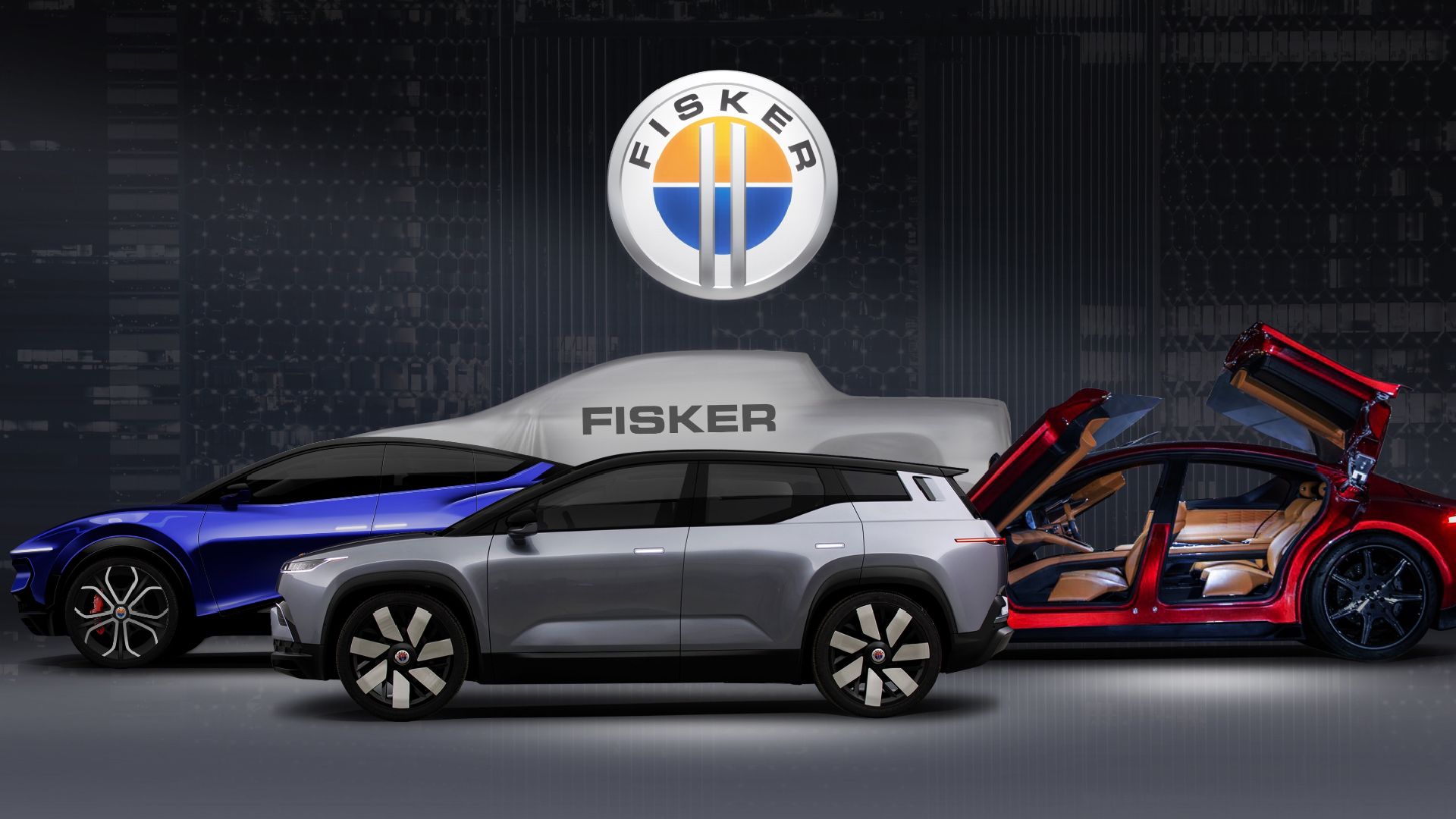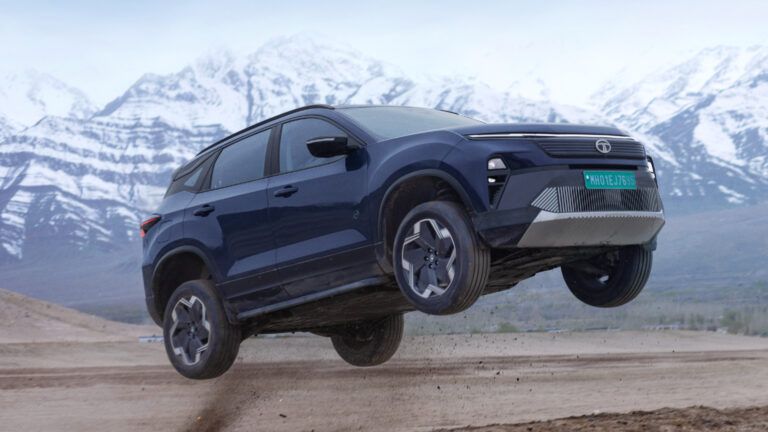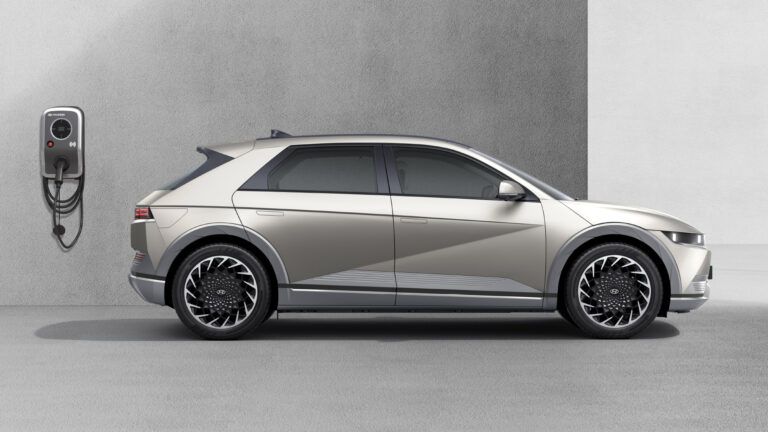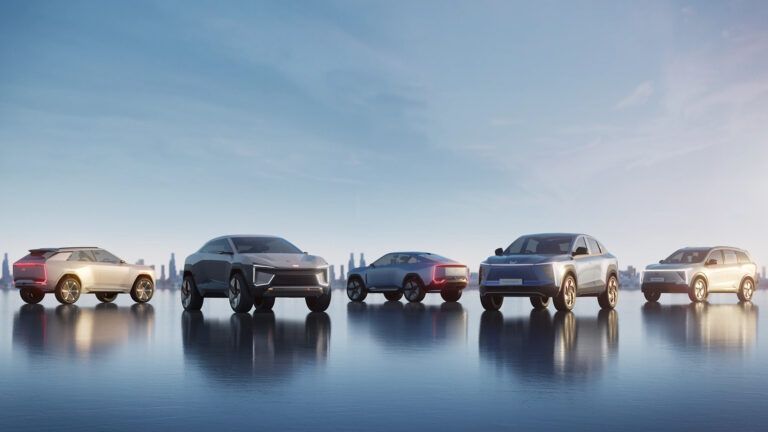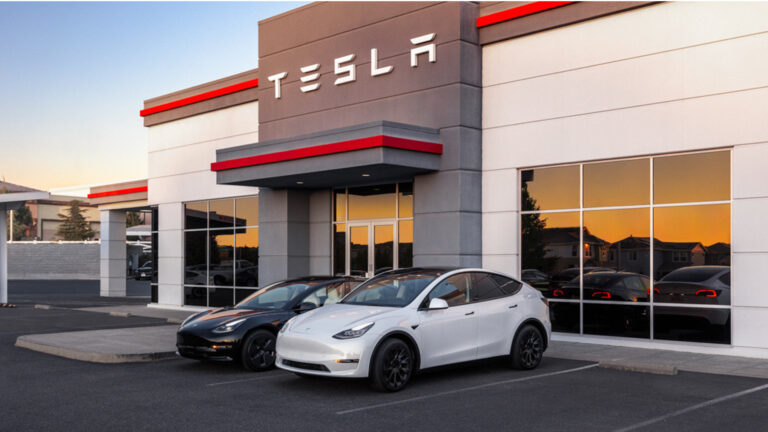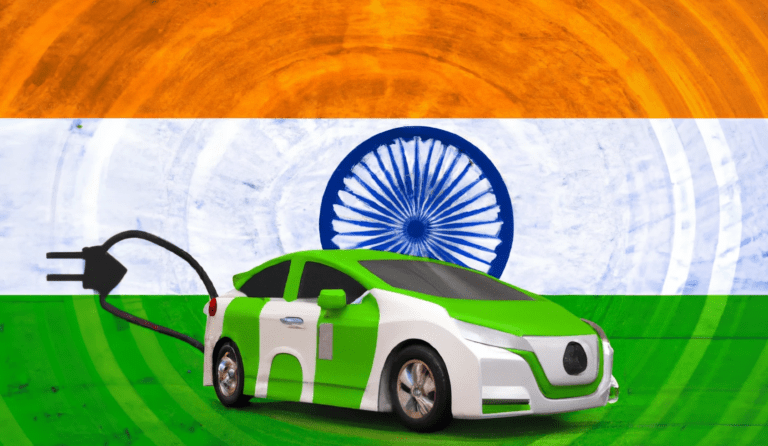US-based EV maker Fisker filed for bankruptcy protection on Monday. The company wants to sell its assets and reorganize its debt, as per press release. The EV startup faced financial trouble because of spending money quickly to deliver its “Ocean” SUVs in the U.S. and Europe.
This is not the first time we are witnessing an EV company filing for bankruptcy. Companies like Proterra, Lordstown, and Electric Last Mile Solutions have also gone bankrupt in the last two years. It happened because they ran out of money, had difficulty raising funds, and faced challenges in increasing production due to global supply chain problems.

Financial Struggles
The EV startup was founded by Henrik Fisker, an automotive designer. In February, the company expressed concerns about staying in business. A month later, its efforts to get an investment from a major car manufacturer didn’t succeed. This led the company to scale back its operations.
Fisker said in a statement early on Tuesday:
Like other companies in the electric vehicle industry, we have faced various market and macroeconomic headwinds that have impacted our ability to operate efficiently.
After evaluating all options for our business, we determined that proceeding with a sale of our assets under Chapter 11 is the most viable path forward for the company.
The company stated that it is in serious discussions with financial stakeholders to secure debtor-in-possession financing but did not provide additional specifics.
Fisker’s operating division, Fisker Group Inc., filed for Chapter 11 bankruptcy in Delaware. According to the court documents, it estimates its assets to be between $500 million and $1 billion and its liabilities to be between $100 million and $500 million. Also, the filing reveals that the company has between 200 and 999 creditors.

Funding Challenges and Strategic Shifts
When Fisker couldn’t secure funding from a major automaker, it began looking into different possibilities. These included restructuring either inside or outside of court and transactions in the capital markets.
Fisker stopped both manufacturing and investing in future projects until it could find a partnership with another automotive company. Furthermore, the company announced plans to reduce its workforce by around 15%.
In 2023, Fisker manufactured over 10,000 vehicles, which was less than a quarter of what it had expected. However, it only managed to deliver about 4,700 vehicles.
Recently, the U.S. auto safety regulator started a preliminary investigation into certain Fisker’s Ocean EVs in 2023. This added to the company’s problems because these cars were already under investigation by the National Highway Traffic Safety Administration (NHTSA) due to three previous incidents.
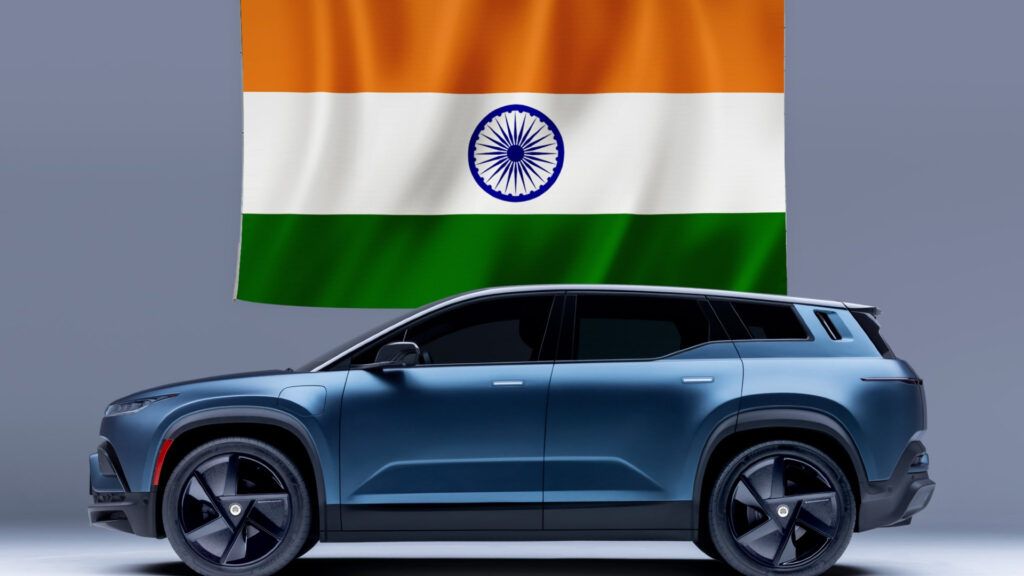
Fisker Plans for the Indian Market?
Fisker was about to produce 100 Extreme Vigyan Edition all-electric SUVs for the Indian market. After the successful start of deliveries in Europe and the U.S., the company wanted to bring the Fisker Ocean Extreme to a new market. The plan was to grow the brand rapidly over the coming years in India. Moreover, Fisker even established an office in Hyderabad in 2022.

